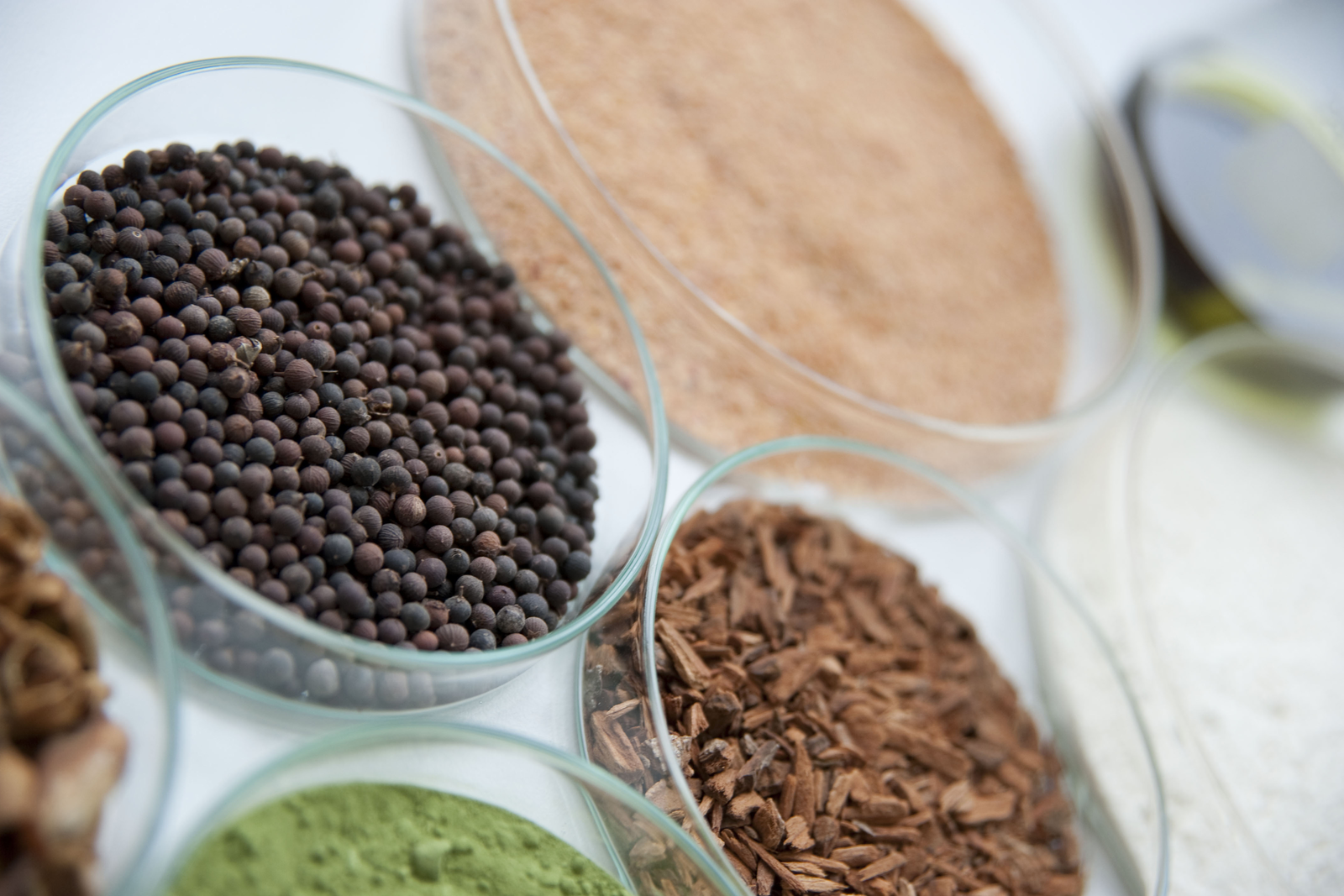Biomin to launch new phytogenic product

Animal nutrition company Biomin wants to become the leader in phytogenic feed additives and will launch a new phytogenic product at VIV Asia.
This was announced at a press conference, held shortly before the opening of Biomin’s bi-annual event; the 2016 World Nutrition Forum, which is taking place at the moment in Vancouver.
Market is growing
The company sees great opportunities in the phytogenic market, fuelled by current topics in the animal protein market, such as antibiotic reduction, gut health, feed efficiency and sustainability. “That’s where innovative phytogenic feed additives come into play. We see the phytogenic feed additive market is growing. The market is worth around 500 million dollars a year on global level with potential to double every 5 years. However, we also see that this market is very fragmented. This is why we feel that there is enough space for our company to take the leading position in this area”, explains Biomin Managing Director, Dr Hannes Binder. Biomin stated that it wants to be the market leader in phytogenics by 2020, and has set out clear goals to get to this. One of them is launching a new product, planned for VIV Asia (held in March 2017).
Patent and EFSA dossier
Biomin calls its new phytogenic product a next generation of its current phytogenic product Digestarom (launched in 1989 by the company Microplus and acquired by Biomin in 2012). “The new product is the result of science and unique technology, for which a patent has been applied. It consists of a new mix of ingredients. The product dossier will also be submitted to EFSA for registration as zootechnical feed additive. Most phytogenics are now ‘just’ labelled as flavours/aromas,” explained Michael Noonan, Global Product Line Manager Phytogenics at Biomin. The exact product characteristics of the new phytogenic product from Biomin have not been outlined yet.
Benefits for all species
Noonan added that more livestock firms recognise the benefits of their use, as the use of phytogenic feed additives becomes more widespread. “With our current phytogenic product we see enhanced growth performance, better animal product quality, emissions reduction, reduced medicinal costs and relief from intestinal stress. And benefits are seen in all livestock species and aquaculture species,” Noonan added.

What are phytogenics?
Phytogenics can be categorised in 4 groups, with group number 4 being the most complex and having the biggest potential.
- Single substances out of essential oils / extracts (nature identical products)
- Essential oils/extracts (e.g. oregano products)
- Single plants and mixture of plants (herbal products)
- Mixture of essential oils/extracts/plants (specialized products).
By improving feed digestibility and reducing inflammation, the use of phytogenics results in greater efficiency, lower production cost and a reduced environmental footprint. Results with the current Biomin product include supporting a calf’s feed intake, particularly prior to weaning, higher feed intake in fresh cows and better gut performance in poultry.











